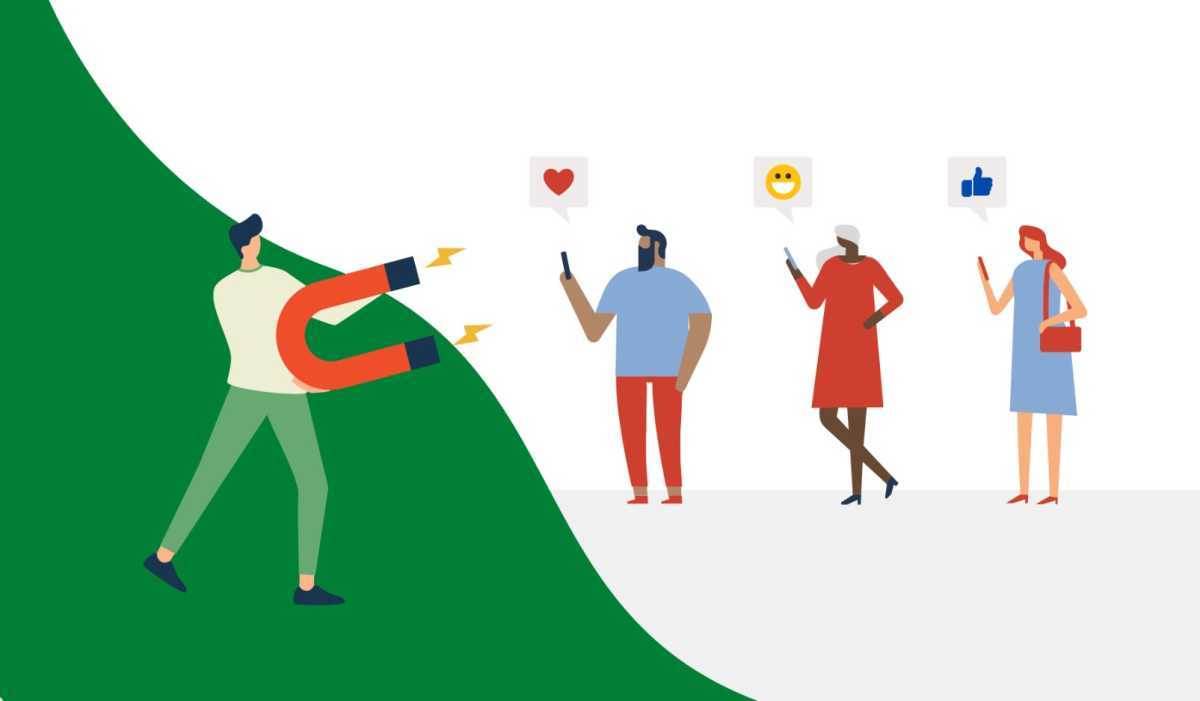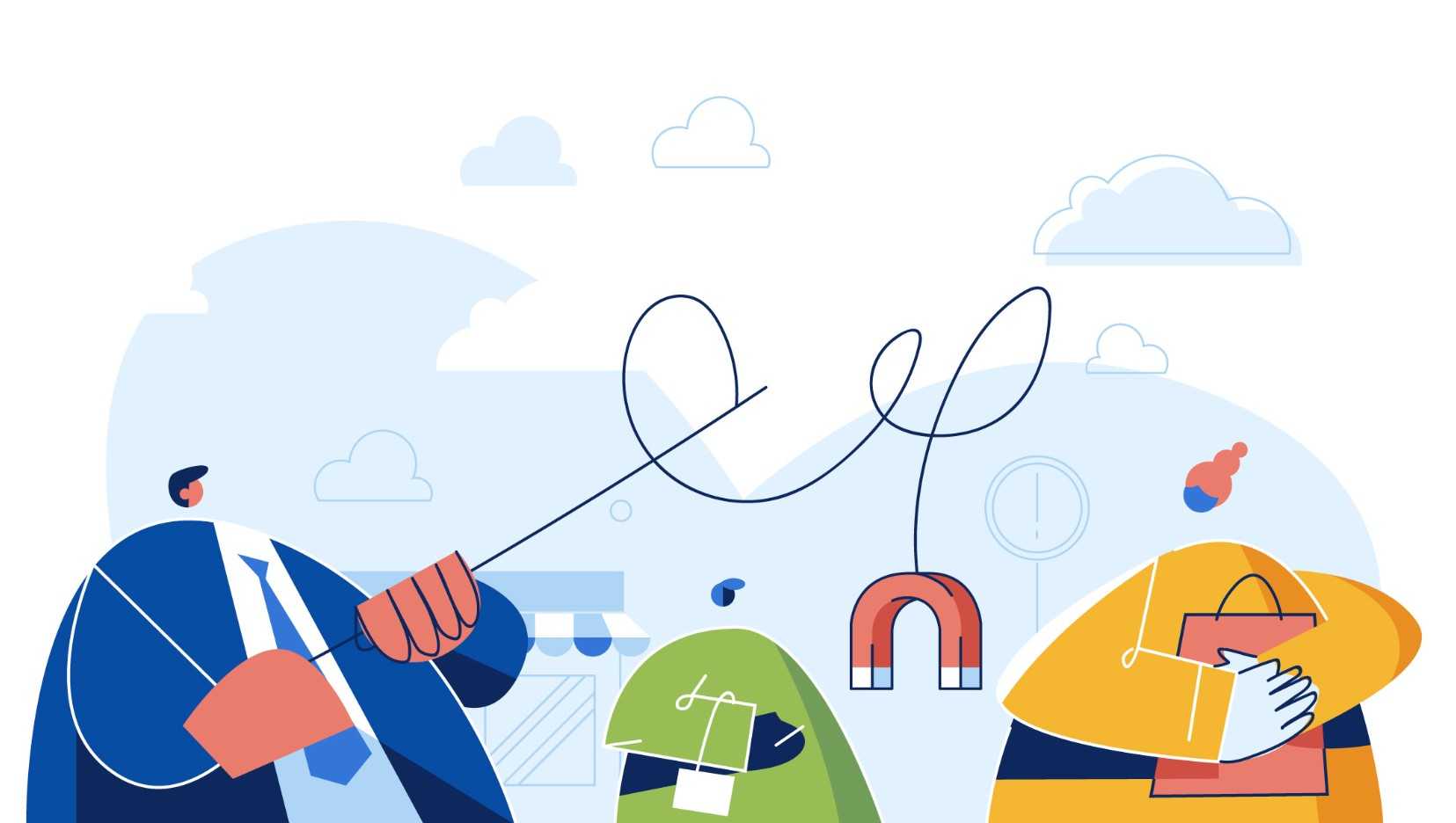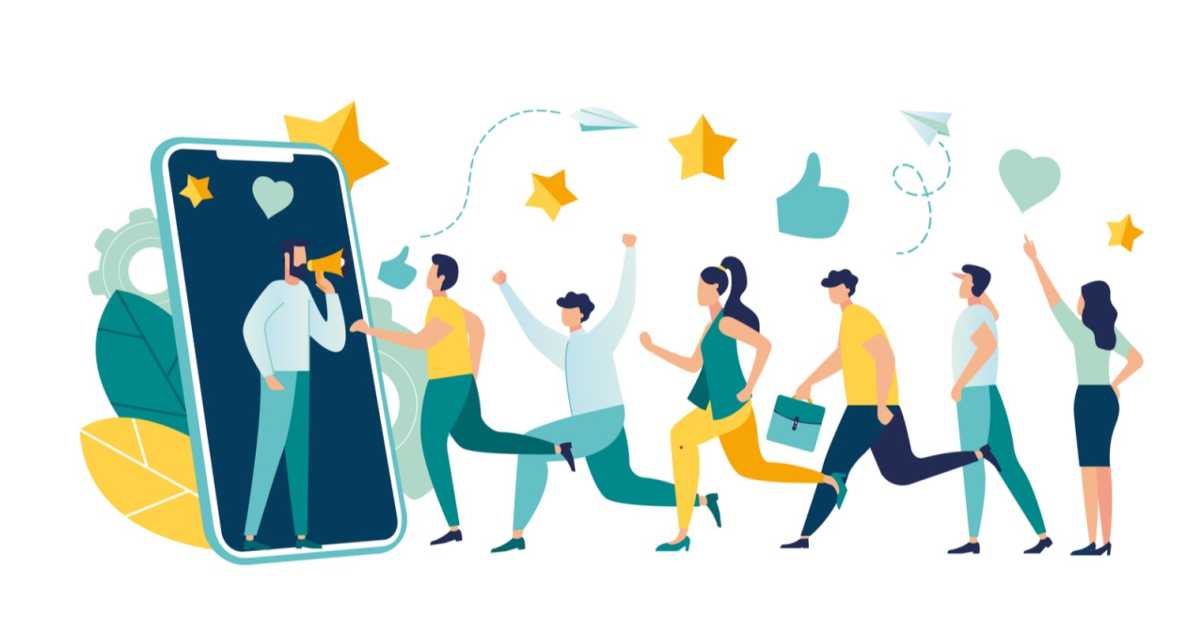Sometimes you don’t see your sales being as high as you want it to be or as high you think it should. One case as to why is because you’re finding it hard to keep customers coming back to shop with you and therefore you’re not having much luck with repeat customers. With this article, we’re going to help you with customer retention, understanding the customer retention definition and how to improve. By the end, you’ll see how crucial it is for you to keep your customers satisfied and happy with your brand.
What is customer retention?
It’s simple actually. Customer retention is a measure of customer loyalty towards your brand or business and is also how well you can keep your customers buying from you and returning to your brand as repeat customers. It’s a business’s ability to, well, retain customers.
Customer retention is often measured by the percentage of customers your company can keep within the total number of customers you have over a period of time. Retaining customers involve convincing them to not seek other businesses for their purchases.
Why customer retention is important for businesses and brands?
Getting new customers costs as much as 5 to 10 times over what it costs to sell to your current customers. On top of that, current customers also spend an average 67% more than newcomers. That’s why maintaining customer retention is so important. There are a number of reasons why customer retention is so important to your company:
-
Getting useful feedback – The customers you do have, give you very valuable feedback. Repeat customers are more easily approachable. Engaging with them is more likely to raise loyalty and efficiency.
-
Encourages repeat sales – Your existing customers are the ones most likely to buy your new products/services that you introduce. They’ll do so since they already trust you and the shopping experience you provide.
-
Profiting from premium prices – Existing customers are less concerned with product prices compared to newer ones. Supportive customers value your company and are more than ready to pay the extra, premium costs for your products/services.
-
Saves you money on marketing – As a reminder, it costs you at minimum 5x more getting new customers. Customer retention reduces marketing expenditures and saves the company money. Marketers also spend less time on customer support with customers already familiar with your brand.
-
Benefitting from word-of-mouth – Through their own words and to their personal acquaintances, loyal and supportive customers will willingly promote your brand at zero cost from your end. Through this, existing customers make your referrals with a higher lifetime value.
Customer retention benefits

Customer retention is immensely beneficial to your business and brand. There are many benefits that make the endeavor worthwhile:
-
Boost sales because of the data you gathered and by giving better suggestions to your customers.
-
Saves you money with all the marketing costs you can cut down thanks to the existing customers that are already familiar with what you offer.
-
Allows more growth with customer retention providing a chance for expansion and even as help for testimonies and other things in the future.
-
Drives better revenue because you gain more profit through buyers that are already faithful to your business, who are more likely to spend more.
-
A self-sufficient strategy with little input required and only needing monitoring for the various customer retention metrics.
-
Getting you valuable data through customer participation in surveys and such which can then give them a more personalized experience shopping with you when you use those data to good use.
-
Gains you new customers as your loyal customers will advocate for your business themselves and reassure others on the excellent experience with you.
-
More effective communication as repeat customers are comfortable at communicating with you and vice versa and you also build more personal relationships by engaging with them.
-
Stronger relationships with your customers as they would feel more appreciated for their consumption which you can do through loyalty programs or offering rewards during special occasions.
-
Marketing strategies’ efficiency can be measured by analyzing metrics and reports that can then determine how effective your strategies are.
The challenges of customer retention
However, going through with customer retention efforts can be challenging for a number of reasons:
-
They tend to not be a business priority – Only under half of businesses, despite knowing how cheaper it is, prioritize customer retention. Sometimes engagement with existing customers can seem ingenuine and only doing so to fish in certain actions from them. Maximizing profits also draw businesses to act more on acquiring customers from the competition to be even more competitive.
-
On your toes understanding customers – Long-term loyalty from customers requires adapting and evolving your services/products or brand. Understanding customers and keeping them happy isn’t easy. Surveys can go unanswered and reviews can be empty and vague that you can be unsure if your offers are working or not.
-
Getting the right things at the right time – Sometimes you send out emails and promotional messages at the wrong time and are completely irrelevant to your customers. At best, they get annoyed and at worst, they leave your brand. Being accurate with your personalized marketing depends on data that most businesses just don’t have access to.
-
New customers are more likely to be treated better – drawing people in to be customers involves enticing them with promotions and sales of that sort. Often, people claim the deal, enjoy what they get and head off to other businesses all the same. These special offers more frequently offered to new customers can put your current customers off and send them to your competitors.
Types of customer retention

Like most things when it comes to business, customer retention has different types to look at and understand. You can combine these different types together to match your strategies.
Situational binding
Here you as the provider has the monopoly. The buyer is forced to shop with you, as there is no other offer nearby.
Legally binding
There’s a contract set up between the company and the customer to ensure that the buyer remains.
Technical binding
The customer uses a specific technical system or software that’s dependent on the provider for extensions, maintenance, and things like that.
Economic ties
Based on penalties and other costs that the customer has to pay if they wish to switch to your competitors, or on payments already made to a provider, which gives the buyer certain advantages.
Emotional bonding
A voluntary bond from the customer’s point of view, which is created by satisfaction and is based on trust. This makes this binding very valuable, but the customer can also withdraw any time.
Customer retention strategies and tactics that brands should use
As a brand and a business, there are strategies and tactics you can use in your customer retention efforts:
-
Share case studies – You can provide info from previous case studies to reveal to customers your style of collaborating and communicating and then disclose the results that you’ve achieved in the past. With this info, new customers can set their expectations of your brand early and will be more welcoming of your company’s offered experience.
-
Set intended expectations early – Communicate your progress towards your intended achievements to keep your customers informed on what is happening. Doing this ensures that customers are happy and ready for continued interaction with you and your company.
-
Develop roadmaps for the future – Create and revise company-customer relationship roadmaps on the regular to enable your buyers to also plan ahead. This keeps your customers informed of their relationship with your business.
-
Ask for feedback and act on them – Ask your customers about their impressions on both the products and services you’ve provided after each purchase. Allow them to leave comments that you can refer to improve your service.
-
Create customer loyalty programs – Loyalty programs motivate people to choose your brand. Encourage them to collect bonuses after purchases so that customers can then use them to get generous discounts in the future.
-
Create memories around shared successes – You can also boost customer retention by creating memorable events around business successes. Implementing this approach will keep customers from dwelling on any negative experiences.
Customer retention formula (what’s your customer retention rate?)
The customer retention formula is both powerful and easy. It’s an illustration of how well you’re building relationships and drawing existing customers back for subsequent purchases. The formula looks like this:
CRR = [ ( E – N ) ÷ S ] × 100
CRR = customer retention rate
E = number of customers at the end of a period
N = number of customers acquired during that period
S = number of customers at the beginning of the period
In this equation, you don’t include the number of new customers you’ve acquired.
KPI for customer retention

Building a strong retention strategy requires measuring and setting goals against key metrics (customer retention KPI). This is crucial to recognize your brand’s strengths and weaknesses and gives insight into how well your strategy is working to retain customers. Here are a few customer retention KPI you can use to start a strong customer retention strategy:
- Churn Rate which helps visualize the percentage of customers who have stopped interacting with your business.
- Customer Lifetime Value, to measure the amount of revenue generated by a single customer.
- Customer Retention Rate which provides a glimpse into how many loyal customers you have provided business to over a set time period.
- Existing Customer Revenue Growth Rate which will measure the revenue generated from your customer success, retention, and loyalty efforts.
Conclusion
Your business’ ongoing success and growth rely on your ability to provide high satisfaction to your customers so that they return to shop with your brand. To do so requires an understanding on the general idea of customer retention, its different types, the strategies involved, and therefore, how you can improve in the future. Another way to keep customers coming back for more is by giving them an intuitive shopping experience with you. For that, Yezza has you covered! Upload unlimited products for your customers to choose from and see them buy as you sleep!





Leave a Comment